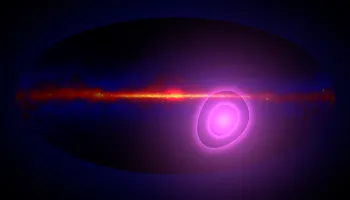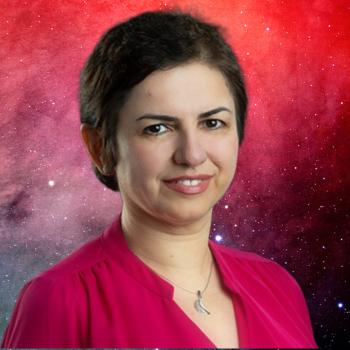Cosmology & Structure Formation
Approximately 80% of matter in the universe is an invisible form known as “dark matter.” Though its influence is felt throughout the cosmos, the inherent nature of dark matter remains one of the most perplexing problems in physics. What exactly is it and how does it behave? Similarly, what is the mysterious dark energy that appears to be driving the universe apart at an accelerating pace? At what point in cosmic time did gas in the universe become reionized, and what were the drivers of this process?
On the observational side, UMD astronomers explore these questions using relatively nearby galaxies as cosmological probes, a technique known as near-field cosmology. To narrow down explanations for the ionization history of the universe, they use observations of an absorption phenomenon called the Lyman-alpha forest. UMD astronomers also leverage supercomputers to simulate the universe’s formation under different cosmological models as well as different models for dark matter, such as axions and self-interacting dark matter.
Related News
Connected Researchers
Faculty Assistant
Post-Doctoral Associate
Assistant Professor
Graduate Student
Graduate Student
Graduate Student
Visiting Assistant Research Scientist
Professor
Professor
Associate Research Scientist
Graduate Student














